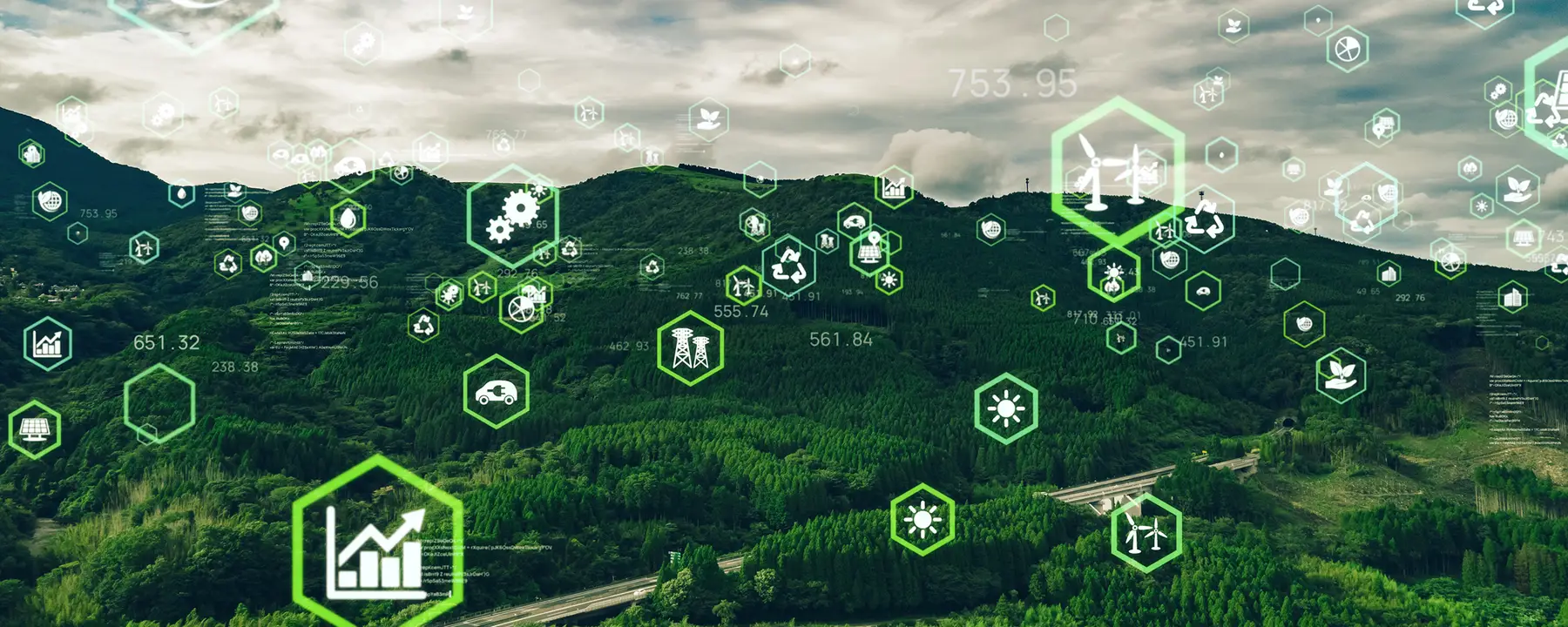GHG Protocol Product Life Cycle Climate Impact Modeling Test
The GHG (Greenhouse Gas) Protocol Product Life Cycle Climate Impact Model is a standardized approach to quantifying and communicating the greenhouse gas emissions throughout the life cycle of a product. This protocol provides a framework for organizations to measure, report, and manage their climate impacts. It is widely used by companies to comply with regulations, improve sustainability practices, and enhance their environmental footprint.
The GHG Protocol Product Life Cycle Model divides the life cycle into several stages: upstream emissions from energy use in manufacturing processes (cradle-to-gate), downstream emissions from product use, transportation, waste management, and final disposal. This comprehensive approach ensures that all significant sources of greenhouse gas emissions are accounted for.
Our laboratory uses a structured methodology to conduct these tests, adhering strictly to the GHG Protocol's standards. We begin by gathering detailed information about each stage of the product lifecycle. This includes sourcing materials, manufacturing processes, distribution methods, and end-of-life disposal options. Our team then applies internationally recognized methodologies such as ISO 14067:2018 for Life Cycle Assessment (LCA) and ISO/IEC 17025 to ensure accuracy and reliability in our testing.
The results of these tests are presented in a clear, actionable format that helps clients understand their product's environmental impact. This information is crucial for making informed decisions about reducing emissions, improving sustainability practices, and meeting regulatory requirements. Our laboratory also offers additional services such as carbon footprint analysis and lifecycle cost assessment to provide a holistic view of the product.
Our approach ensures that all stakeholders, from raw material suppliers to end-users, are fully aware of their contribution to greenhouse gas emissions. This transparency fosters trust and allows organizations to take proactive steps towards reducing their environmental impact.
Scope and Methodology
| Stage | Description |
|---|---|
| Cradle-to-Gate Emissions | Emissions from raw material acquisition to the factory gate. |
| Use Phase Emissions | Emissions during product use and operation. |
| Transportation Emissions | Emissions associated with transporting products between locations. |
| End-of-Life Emissions | Emissions from disposal, recycling, or waste management at the end of a product's useful life. |
The methodology we follow is based on the GHG Protocol standards, which provide detailed guidance on how to calculate and report emissions for each stage of the lifecycle. We use internationally recognized methodologies such as ISO 14067:2018 for Life Cycle Assessment (LCA) to ensure accuracy and reliability in our testing.
Eurolab Advantages
Expertise in GHG Protocol standards and internationally recognized methodologies such as ISO 14067:2018 for Life Cycle Assessment (LCA).
Comprehensive service offering including carbon footprint analysis, lifecycle cost assessment, and emissions reduction strategy development.
Dedicated team of professionals with extensive experience in environmental testing and sustainability.
State-of-the-art laboratory facilities equipped to handle a wide range of materials and products.
We pride ourselves on providing accurate, reliable, and actionable data that can be used by our clients to make informed decisions about reducing their environmental impact. Our team of experts is dedicated to ensuring that all testing is conducted in accordance with the latest standards and best practices.
Competitive Advantage and Market Impact
Compliance with international standards such as ISO 14067:2018 for Life Cycle Assessment (LCA).
Proven expertise in conducting GHG Protocol Product Life Cycle Climate Impact Modeling tests.
Our laboratory is recognized for its accuracy, reliability, and commitment to quality. We have successfully conducted numerous GHG Protocol Product Life Cycle Climate Impact Modeling tests for clients across various industries. Our services are highly sought after due to our ability to provide actionable data that can be used to reduce greenhouse gas emissions and improve sustainability practices.
Our work has had a significant impact on the market, helping organizations meet regulatory requirements and improve their environmental footprint. We have seen numerous companies implement changes based on our testing results, leading to reduced carbon footprints and improved sustainability practices. Our clients appreciate our ability to provide clear, concise reporting that is easy to understand and act upon.





